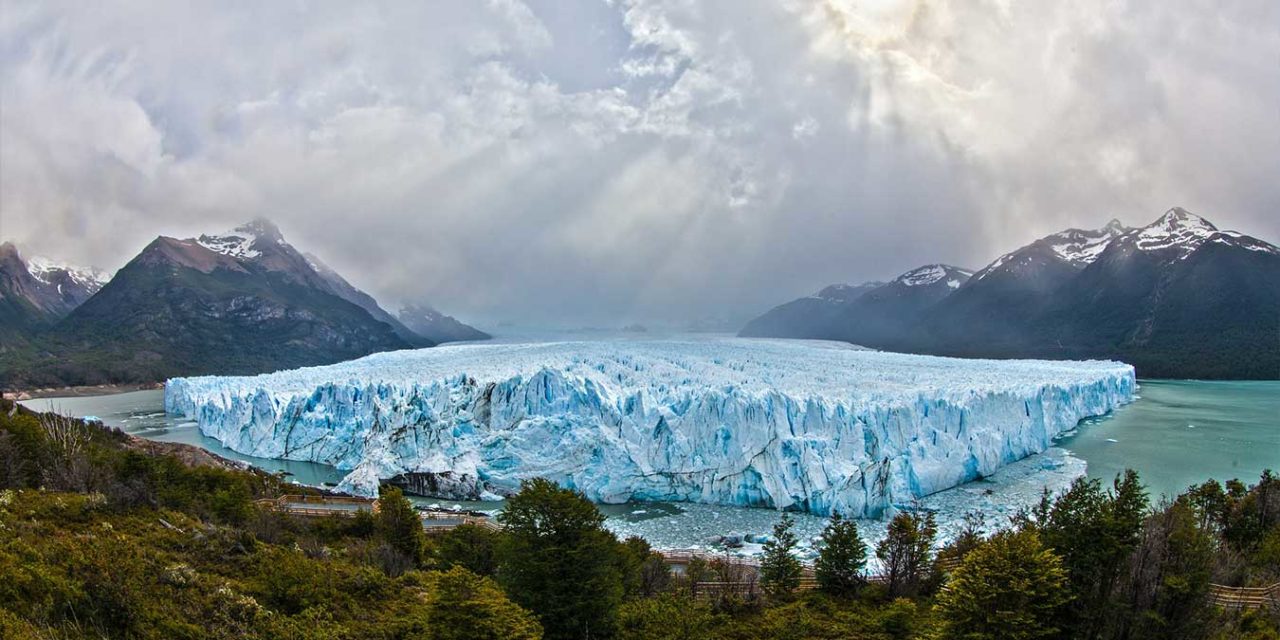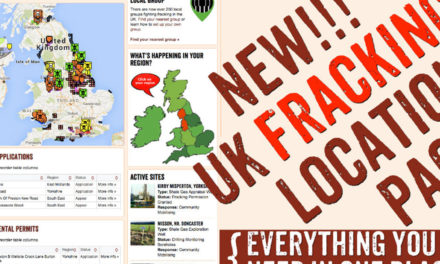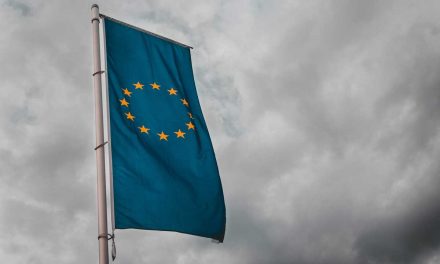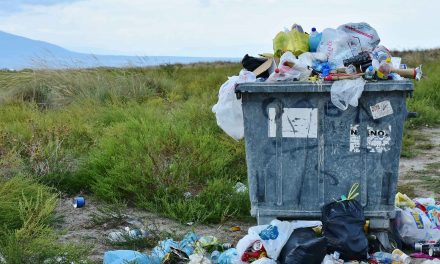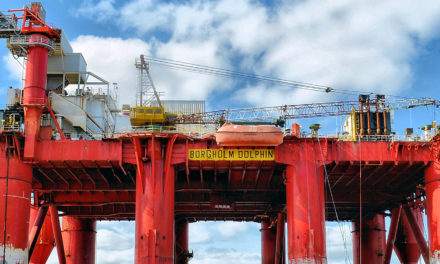Climate Change will change our seas, the Arctic and Antarctic beyond recognition, unless urgent action is taken to reduce carbon emissions, warns a new report from the United Nations.
According to the latest worrying report from the UN, humanity is facing the loss of its permanently frozen lands in the Arctic and Antarctic, as well as most mountain glaciers.
While these habitats may seem far away to most of us, humanity, and all other life on earth, depends on them for our wellbeing.
“The open sea, the Arctic, the Antarctic, and the high mountains may seem far away to many people. But we depend on them and are influenced by them directly and indirectly in many ways – for weather and climate, for food and water, for energy, trade, transport, recreation, and tourism, for health and wellbeing, for culture and identity,” said Hoesung Lee, Chair of the IPCC.
The third climate report produced by the Intergovernmental Panel on Climate Change (IPCC) in the last 12 months, was put together by over 100 authors from 36 countries and referenced around 7,000 scientific publications.
Disappearing Glaciers and Ice Sheets
The most startling warnings are about the earth’s cryosphere or frozen areas. Smaller glaciers in Europe or the tropical Andes, Himalayas or Indonesia are predicted to lose up to 80% of their current ice mass by 2100.
The glaciers in Mount Kilimanjaro in East Africa have shrunk in size since the 1990s, while some of them have disappeared completely.
This will not only have a dramatic effect on the 670 million people that live in mountainous regions but will also alter water availability and quantity for hundreds of millions more people downstream. This could have serious implications for agriculture and hydroelectric power generation.
Glaciers in Greenland and Antarctica are also melting away at an alarming rate and this is causing the oceans to get bigger. Whereas a couple of decades ago the seas were rising mainly as a result of thermal expansion, this is now happening because of melting ice sheets and glaciers in Greenland and Antarctica.
Overall sea levels rose by around 15cm in the twentieth century, but they are now rising by a much more alarming 3.6 mm a year. Even if greenhouse gases are stabilized and reduced to below 2C, sea levels will rise by up to 60cm by 2100 but will go up by up to 110cm if greenhouse gases continue to rise unchecked. This will have serious consequences for the 680 million people living in low lying coastal regions.
“In recent decades the rate of sea-level rise has accelerated, due to growing water inputs from ice sheets in Greenland and Antarctica, in addition to the contribution of meltwater from glaciers and the expansion of warmer sea waters,” said Valérie Masson-Delmotte, Co-Chair of IPCC Working Group I.
A Warmer More Acidic Ocean
As well as driving up average ocean water levels, the rise in global temperatures is causing a warmer more acidic ocean.
Marine heatwaves have doubled in frequency since the early 1980s and are also increasing in intensity. Marine heatwaves have been responsible for bleaching events on the Great Barrier Reef off the coast of North-East Australia in 2016 and 2017, and as a result, the growth of new corals crashed by 89%.
Warmer ocean temperatures have also been linked to an increase in the severity of tropical storms and hurricanes.
Warmer ocean temperatures also reduce the mixing between water layers and the supply of oxygen and nutrients for marine life. This, in turn, causes shifts in the distribution of fish, with tropical areas likely seeing a decrease in numbers while the Arctic will see a rise in fish populations.
Disappearing Permafrost
The permafrost is the permanently frozen layer of soil that lies around a meter underground under the shallow roots of Arctic vegetation in areas of northern Canada, Russia, and Alaska. Now, as global average temperatures rise, the permafrost is melting, but the problem is that it contains a vast amount of organic material and carbon deposits, which until now have been locked up in the ice for millennia.
Even if global warming is limited to below 2C, it is predicted by scientists that around 25% of permafrost will thaw. But if emissions continue to rise unchecked, then the loss of permafrost will be closer to 70% and this, in turn, will be a so-called tipping point where the methane and carbon locked up in the ice will further increase global temperatures.
- Why is California So at Risk from Wildfires? - 13th November 2019
- Carbon Offsetting is Growing but Does it Make a Difference? - 11th November 2019
- Three Confirmed Dead as Australia Prepares for “Catastrophic” Bushfires - 11th November 2019

